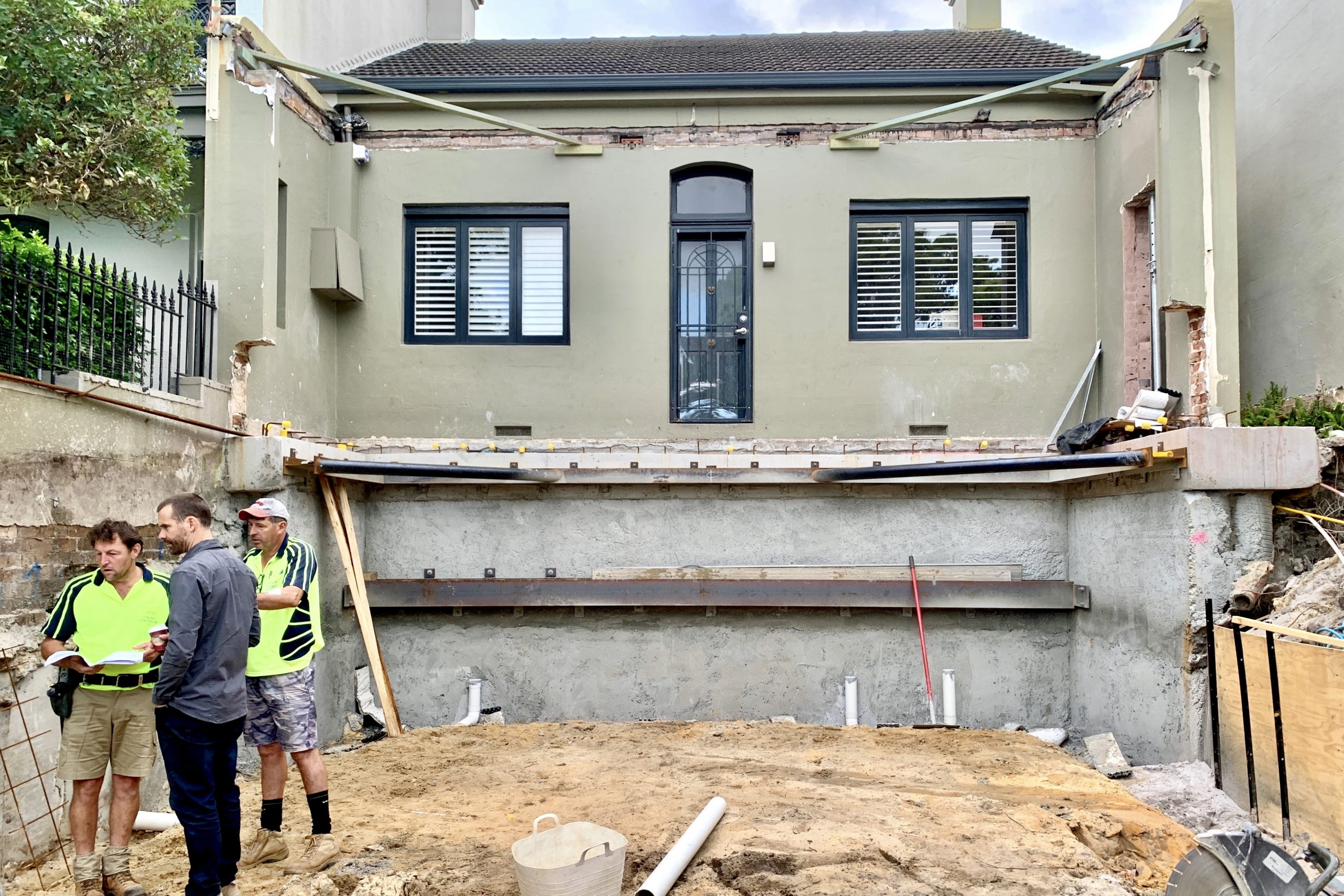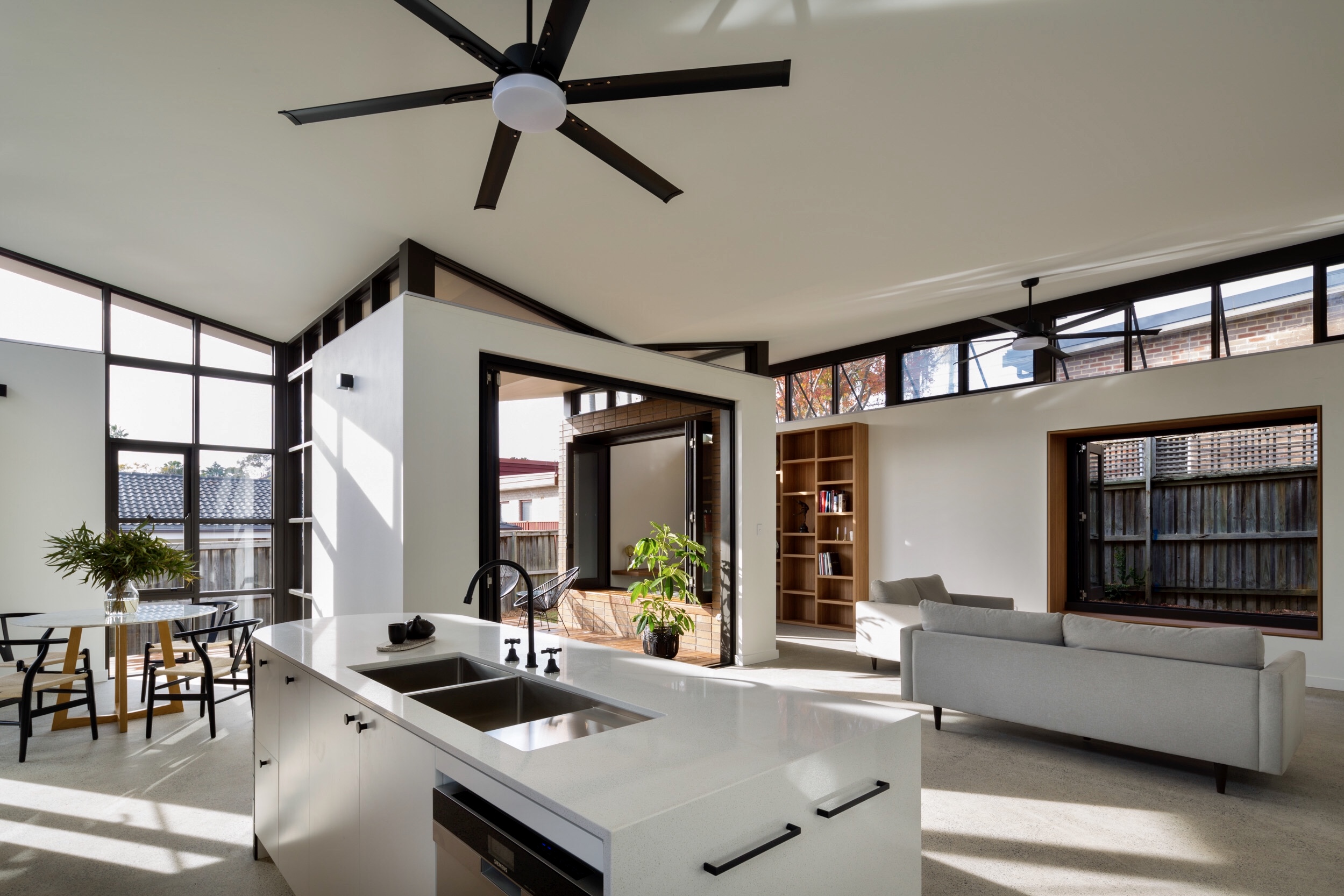Question to ask before you renovate.
5 May, 2021 | Mikala Chapman

Why are you renovating?
For example, if you are renovating your own home to live in you can make decisions based on your personal taste, the aesthetic you like, your dream wish list and potentially these decisions will be based around a higher budget.
Whereas if you are renovating to sell for profit your decisions will reflect what your target audience will want, what do most people find appealing in a home, and it will certainly reflect what you are willing to spend.
Your answer to this question will influence almost every decision you make before and during the renovation.
Budget!
Building is generally more expensive than you think it will be. It is important to think early on about what your overall budget is and whether it is realistic for what you want to achieve.
Your budget will dictate the type and quality of your renovation, it is a crucial question that must be addressed at the planning stage to avoid budget blow outs that leave you with an unfinished home or a result that you are not happy with.
To avoid landing in debt at the end of your renovation always allow a buffer. The size of your buffer may vary depending on what your= feel comfortable with and the renovation you are doing. As a guide 10% of your renovation cost should be kept aside for unexpected costs. (trust me there is always unexpected costs).
Some things to consider (that many people forget) as part of your budget are.
Rental & moving costs if you need to move out, Contingency money, Consultant and Design Fees, Insurance, stamp duty, Demolition and Rubbish, Labour, Quality V Budget Renovation, Builders Margin, Furniture & Accessories, Site Clean and Landscaping.
To keep renovation costs in check, decide what your non-negotiable items are and what you are willing to compromise on. Have all of your decisions made at the design phase, you will know exactly what you are working with and it will avoid making quick thinking decisions that you will come to regret.
If possible, we recommend getting three quotes. It is worth getting multiple quotes as this will guide you as to whether or not your quotes are coming in around the same or are vastly different. This gives you the opportunity to question the trades who are providing the quotes as to why theirs are particularly high or low.
If they all come in around the same, then go with the person who you feel will work best with you and your values. Undertaking a renovation is stressful and you want to be working with someone who you can trust and work well with.
Beware of the cheapest quote, more often than not if it sounds too good to be true than it often is. Middle of the road is usually a good place to go.
What sort of help will you require?
For projects such as extensions, new builds and major renovations which include structural changes you will definitely need to engage a professional to draw up plans. This type of build will need to be approved with your local council and specific documents are required for the approval process. The size and scope of your project will determine what type of professions you will need to be involved in your project.
If you would like a bespoke tailored design that is particularly detailed, then it is worth investing in an architect. For complicated projects an architect will engage any consultants you may need such as engineers, surveyors and other specialists. When it comes to selecting the right person to build your project and Architect can help you breakdown the tender costs, ideally comparing apples for apples. They can also give you advice on who will be the best person for the job, not just based on price but on their experience, professionalism and quality. An architect is the right professional to engage if you have a tricky site or require a project design that is particularly detailed or more complicated than a basic add on.
For less complicated builds such as a basic add-on extension or an internal shake up an alternative solution might be a draftsperson, and work with an interior designer on the internal finishes. If you have a clear picture of what you want to do but just need some plans drawn up this could be the way to go.
Remembering that the more accurate detail you have in your plans the more precises your cost estimates will be. When you have a detailed set of plans the less likely your budget will be blown out, the faster the build will be and ultimately the clearer everyone who is working on your project will be about what your vision and expectations are.
What is actually possible?
If you are in an apartment or townhouse and depending on your renovation scope you will need to consider the construction and engineering of your building. You will also need to be aware of the strata conditions and what you are or are not allowed to do as part of your renovation. Your body corporate By-laws should list out what is allowed to be done in your apartment block, unit or town house. You will need to get detailed plans drawn up and present them to the appropriate body in order to gain approval for your renovation.
If you are renovating a house, you will need to check whether your scope of works need approval by council. As a general rule an internal renovation will have a bit more flexibility, if you are renovating without making any structural changes then you are unlikely to need council permission. However, if you wish to undertake any structural work e.g., adding decks, opening up backdoors, moving windows or doors, plus anything more significant than that, then you will likely need to seek permission from your local council.
Restrictions you may face when planning your renovation.
Floor space ratio: This ratio differs from council from council, essentially councils rule how much of your land you are allowed to build on, this is particularly important if you are planning on extending on your home or for a knock down re-build.
Minimum Ceiling height: This rule is important if for example you want to build a new room, dig out a basement to create more space or turn an attic into a habitable room. The building code of Australia will have up to date information but as a general rule habitable rooms such as bedrooms and living spaces must be a minimum of 2.4mtrs heigh, while areas such as pantry’s, storerooms or laundry’s must a minimum height of 2.1mtrs.
Overall Building Height restrictions: Your council will likely have rules on how heigh you can build on your plot. This is particularly important if you want to add an additional storey, it will tell you how high you are allowed to build, which could impact you design significantly.
Flood and Bushfire zones: This is important to know not only for your own safety but also because when you are building in these areas you will most likely have rules in place regarding what materials you are allowed to use and what restrictions are placed on your design, for example floor heights in flood prone areas.
Heritage sites: If your home is listed as having a heritage status you will find the restrictions in place are far stricter as far as what you can and cannot do to your home. Quite often you are not allowed to change any aspects of the external part of the home and it may require you to use certain materials and paint colours, so as to restore the home to original condition. Although the original area of the home has significant restrictions, it does not mean you cannot add a more modern addition to the rear of the home. It’s a good idea to speak with a heritage consultant early on to get a good understanding of what you will need to consider when planning your renovation, keeping in mind to factor the additional costs of restoring a heritage home into your budget.
What is your design style/aesthetic?
Many people have a good idea of what this is, and others have absolutely no idea. Before you make a call toa the designer or Architects it’s a good idea to create a mood board, collaborate all the images and take them with you. A good architect or designer will help you to narrow down and clarify your style and what the overall aesthetic is that you are wanting to achieve.
Latest From the Blog

What details are typically included in a set of residential architectural plans.
7 February, 2024
A typical file set of architectural plans for a residential building includes a variety of documents that provide comprehensive guidance…
Read More...
How to choose an Architect
13 November, 2023
Choosing an architect is a crucial step in the process of designing and building a home. Loving an architect’s work is…
Read More...
How much do home renovations increase home value?
22 August, 2023
The increase in your home value due to renovations can vary widely depending on several factors, including the type of…
Read More...